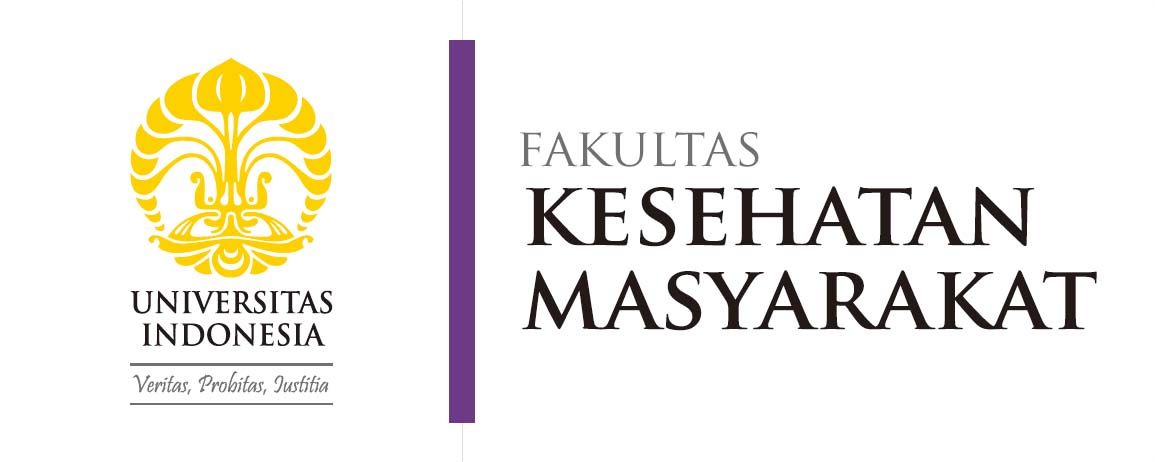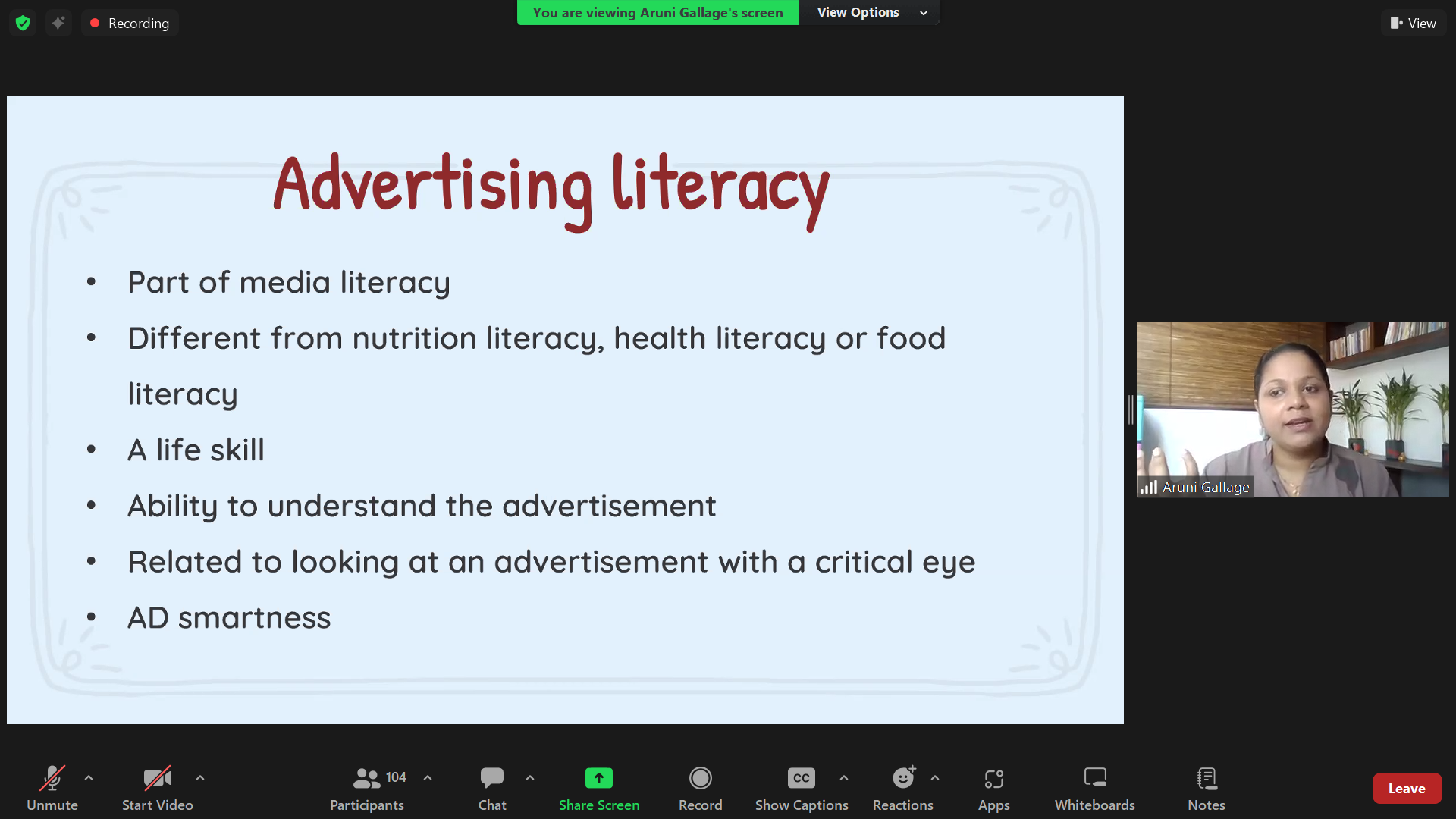On Friday, June 14, 2024, the Department of Nutrition at the Faculty of Public Health (FPH) at the Universitas Indonesia (UI) held a guest lecture discussing advertising literacy in preventing childhood obesity. The online event was moderated by Dr. Fathimah S. Sigit, Ph.D., a faculty member at the Department of Nutrition at FPH UI, and featured Dr. Aruni Gallage, a lecturer from the Department of Community Medicine at the University of Colombo, Sri Lanka, as the main speaker. The lecture, titled “Unraveling Current Issues Related to Obesity,” provided undergraduate and graduate nutrition students at FPH UI with valuable insights into food advertising literacy for children and its impact on eating habits and obesity risk.
“Food advertising literacy is an integral part of media literacy, distinct from nutrition literacy, health literacy, or food literacy,” explained Dr. Aruni. As an essential life skill, advertising literacy teaches the ability to critically understand advertisements, a skill she referred to as “AD smartness.” Children with strong advertising literacy are able to view ads critically, recognize the persuasive tactics used, and understand the true aim of the advertisements: promoting consumption of products often without considering the health consequences.
Dr. Aruni highlighted various advertising tactics commonly used to capture children’s attention. These strategies include repetitive advertisements to enhance recall, direct product demonstrations in ads that build trust and appeal, and showcasing popular products among children, which can trigger a desire to follow trends. Humor is also effectively used in ads to grab attention and increase appeal. Additionally, offering incentives such as prizes is a common tactic to spark children’s interest in the products. Studies conducted on children in Western countries show that while they can recognize advertisements, understanding the selling intentions behind the ads remains a challenge, especially for younger children. Interestingly, Dr. Aruni noted that for children in Asia, this ability develops at a slower pace compared to children in Western countries, suggesting cultural and developmental differences in how advertising is understood.
Food advertisements often encourage the consumption of unhealthy foods, contributing to the high rates of obesity among children. Eating patterns influenced by unhealthy food ads contribute to an increase in the intake of sugar, fats, and excessive calories. Children exposed to food advertisements are more likely to desire and consume those products without considering their nutritional content. To counteract these negative effects, Dr. Aruni outlined two main approaches. First, external regulation, which involves legal enforcement against advertising companies and the implementation of self-regulation mechanisms within companies to ensure more ethical advertising. Second, enhancing advertising literacy among children as an internal regulation. By improving advertising literacy, children can learn to recognize and critique advertising tactics, making them more discerning when responding to ads. This literacy enables them to make healthier food and beverage choices with clear nutritional information.
“A combination of external regulation and enhanced advertising literacy can create a healthier environment and protect children from the harmful effects of food advertising,” concluded Dr. Aruni, closing the session. (DFD)

